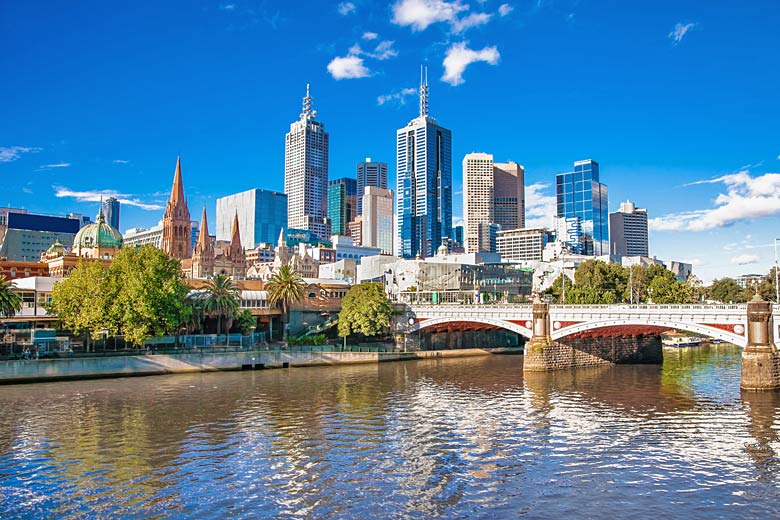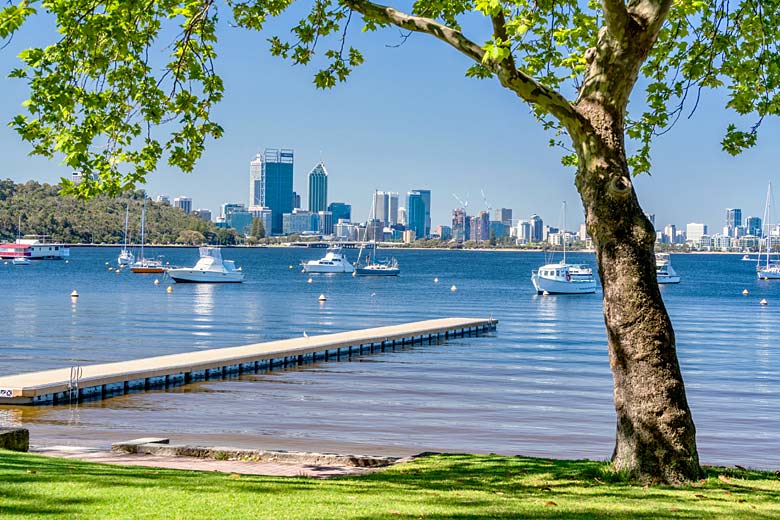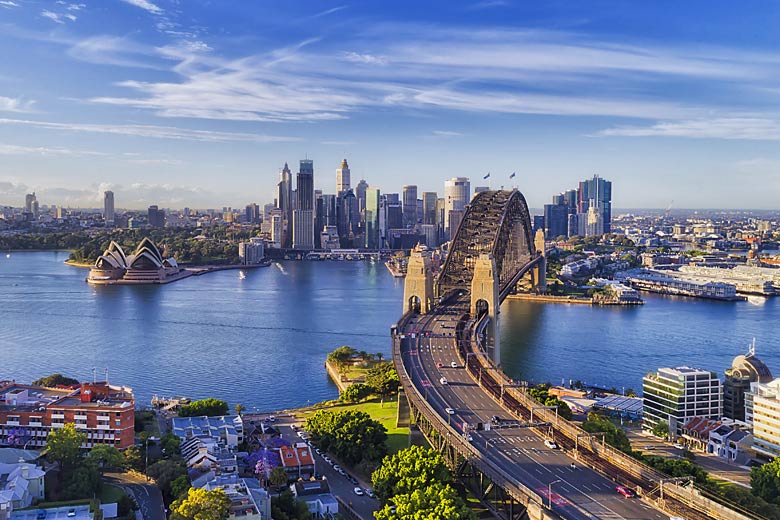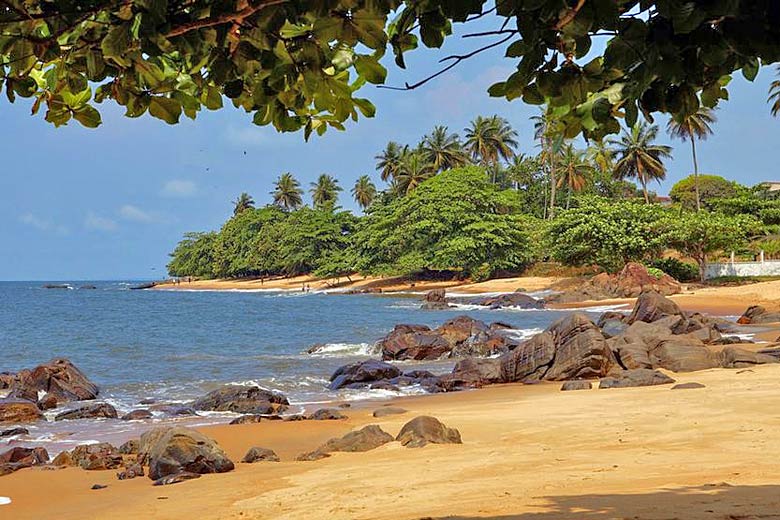- Explore best prices on Cosmos tours worldwide
- Find deals on tour holidays in 2025/2026
- Filter by price, destination, duration & more
Victoria weather by month
Check out Victoria weather averages by month. Compare detailed monthly climate statistics including temperature, rainfall and sunshine figures.
| Jan | Feb | Mar | Apr | May | Jun | Jul | Aug | Sep | Oct | Nov | Dec | |
|---|---|---|---|---|---|---|---|---|---|---|---|---|
| Maximum daytime temperature °F |  79 79 |
 79 79 |
 75 75 |
 68 68 |
 61 61 |
 57 57 |
 55 55 |
 57 57 |
 61 61 |
 66 66 |
 72 72 |
 75 75 |
| Hours of sunshine (daily) | ||||||||||||
| Days with some rainfall |  10 10 |
 9 9 |
 10 10 |
 9 9 |
 10 10 |
 10 10 |
 10 10 |
 10 10 |
 10 10 |
 12 12 |
 10 10 |
 9 9 |
| Sea temperature °F |  66 66 |
 68 68 |
 68 68 |
 64 64 |
 59 59 |
 55 55 |
 54 54 |
 52 52 |
 54 54 |
 57 57 |
 61 61 |
 64 64 |
More about Victoria
Victoria by month
Jan Feb Mar Apr May Jun Jul Aug Sep Oct Nov Dec
Recommended for Victoria
The climate guide for Victoria (Melbourne) shows long term monthly weather averages processed from data supplied by CRU (University of East Anglia), the Met Office & the Netherlands Meteorological Institute. Find out more about our data sources.
Top Victoria destinations
Below are average maximum temperatures at popular countries, regions and places in Victoria for next month - May. Select a destination to see the climate guide for all months of the year.
All Victoria destinations
- Apollo Bay
- Ballarat
- Bendigo
- Geelong
- Genoa
- Lakes Entrance
- Melbourne
- Mildura
- Omeo
- Port Fairy
- Swan Hill
- Tidal River
- Wangaratta
Metric (°C) | Imperial (°F)
Victoria climate overview
Victoria is a small but geographically and culturally diverse state of Australia at the southernmost limit of the Australian mainland. In contrast to the rest of the mainland, it has comparatively rich soils and more evenly distributed rainfall. Victoria was also the region to which most of the first settlers came in the middle of the nineteenth century, at that time in search of gold, and it is still today the most densely populated state in Australia. Its capital Melbourne was a gold rush town in the 1850's and became the capital of Australia in the early twentieth century before Canberra was established.
The Great Dividing Range runs eastwards from Melbourne, and although none of its peaks are particularly high, there are lakes and large areas of unspoilt wilderness much of it covered by eucalypt forest. In winter the higher slopes are usually snow covered. Levels of rainfall are relatively high in eastern Victoria providing sufficient pasture for dairy farming and good grazing generally.
To the west of Melbourne towns such as Ballarat and Bendigo boast a wealth of historic architecture as a reminder of their affluent gold-mining past, while along the south-west coast, the Great Ocean Road traverses one of the most spectacular coastlines in the whole of Australia.
Western Victoria is drier than the east and becomes progressively so the further north one travels, where the landscape becomes flatter, supporting fields of wheat and grazing sheep. The far north-west is the gateway to the dry deserts of Australia's outback but also to irrigation schemes along the Murray River, centres of fruit and wine production.
Over the whole state summers are mostly warm with occasional hot spells when winds from the north bring very high temperatures and the risk of bush-fires, while winters are mostly cool, never really cold except at altitude. Through most of the state rainfall is distributed throughout the year particularly in the south-east where it is usually more persistent in winter. In the north-west however summers tend to be relatively dry.
More about Australia
Compare Victoria with the UK
Below the Victoria chart shows average maximum daytime temperature for Victoria, Australia (Melbourne) and the UK (London).
Maximum daytime temperature (°F)
Metric (°C) | Imperial (°F)
Compare more Victoria weather >>
Be inspired
Get your weekly fix of holiday inspiration from some of the world's best travel writers plus save on your next trip with the latest exclusive offers
We promise not to share your details
Related posts
Popular travel offers
Explore holidays in the sun for less
- Beach holidays
- Family holidays
- City breaks
- Summer holidays
- Winter sun holidays
- Holiday offers
- Top travel brands
- Airlines & flights
- Discount hotels
- Airport parking deals
- TUI
- Jet2holidays
- easyJet holidays
- Love Holidays
- January sales
Airport parking
- Manchester Airport
- Stansted Airport
- Bristol Airport
- Luton Airport
- Birmingham Airport
- Edinburgh Airport
- Gatwick Airport
- Glasgow Airport
- Newcastle Airport
Airport lounges
- Manchester Airport
- Birmingham Airport
- Bristol Airport
- Edinburgh Airport
- Glasgow Airport
- Heathrow Airport
- Newcastle Airport
- Stansted Airport
- Gatwick Airport






















